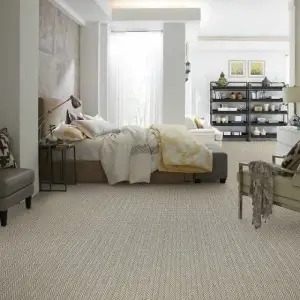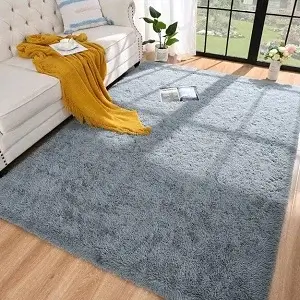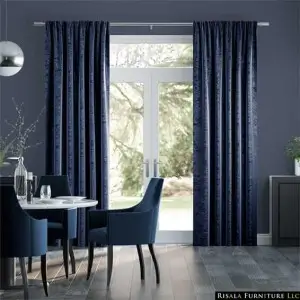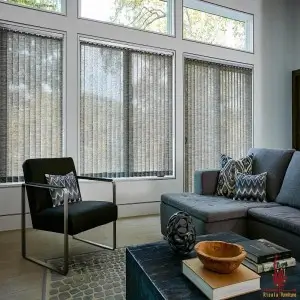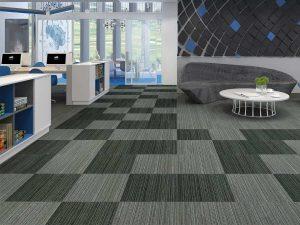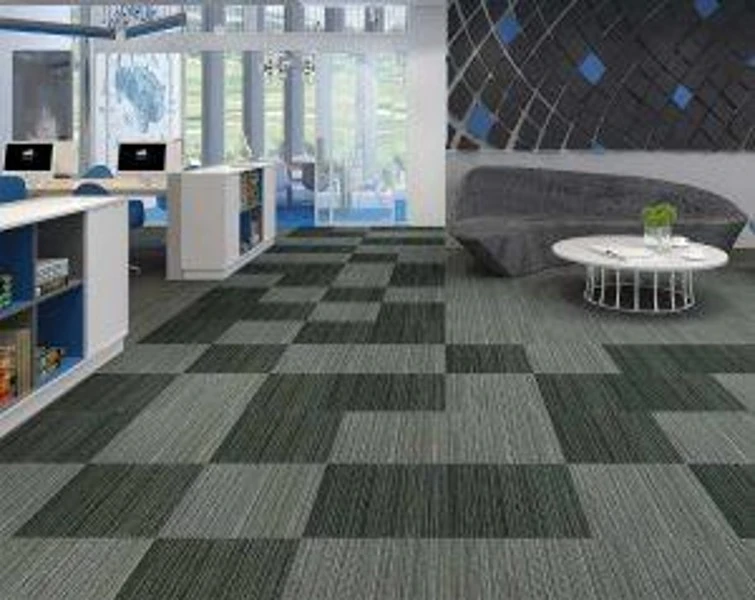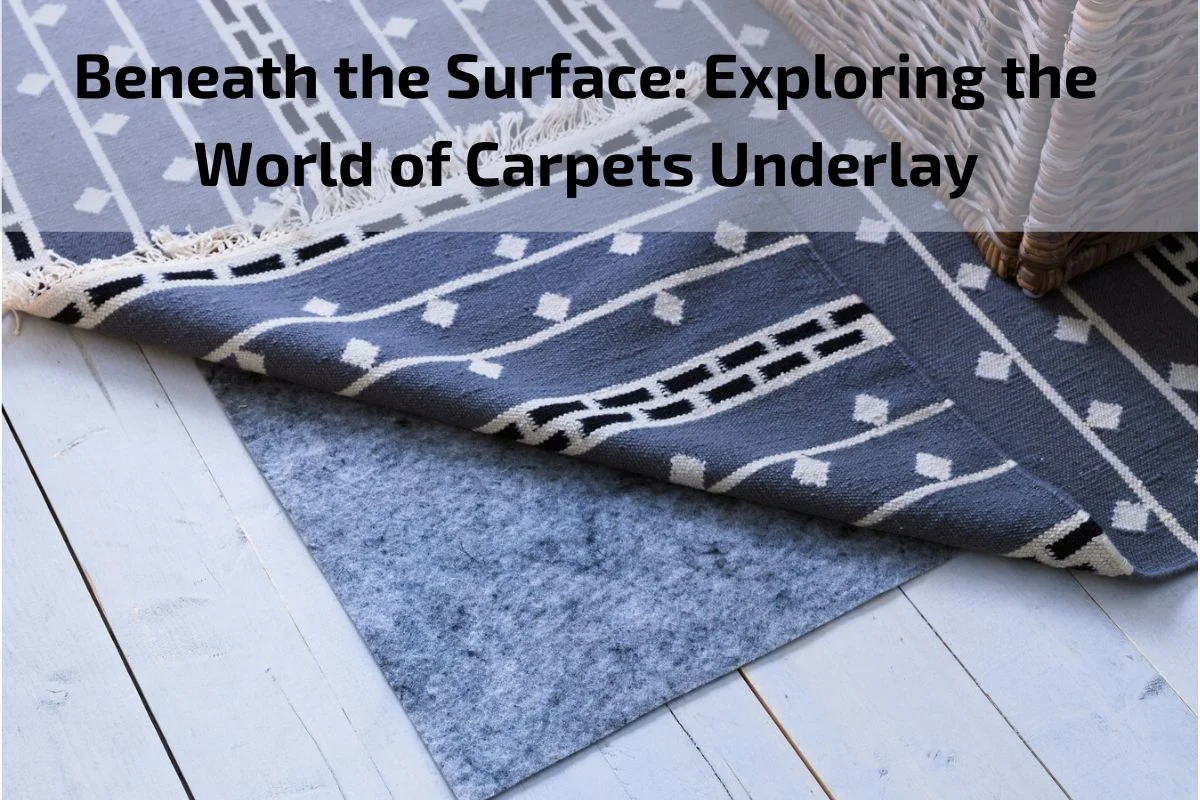

the realm of interior design, where aesthetics meet functionality, the unsung heroes beneath our feet often go unnoticed. Carpets, with their myriad textures and colors, provide the canvas upon which we tread daily, shaping the atmosphere of our living spaces. Yet, beneath this luxurious surface lies another crucial element—the underlay—a silent contributor to the comfort and durability of our carpets.
In this exploration, we delve into the world beneath the surface, unraveling the symbiotic relationship between carpets and underlay. “Beneath the Surface: Exploring the World of Carpets and Underlay” invites you on a journey to understand the pivotal role that underlay plays in enhancing not only the tactile experience of carpets but also the overall ambiance of our homes.
Definition of Carpets Underlay
Carpets underlay,” also known as carpet padding or carpet underlayment, refers to a material that is installed between the subfloor and the carpet. This layer of padding is designed to provide various functional benefits to the carpeted floor. Carpets underlay is typically made from materials like foam, rubber, or fiber, and it comes in rolls or sheets that match the dimensions of the room.
The primary purposes of carpets underlay include:
Cushioning and Comfort:
Carpets underlay adds an extra layer of softness and cushioning to the carpet, creating a more comfortable and luxurious feel underfoot. It enhances the overall comfort of the carpeted area, making it a more pleasant space to walk or sit.
Noise Reduction:
By absorbing impact and minimizing the transmission of sound, carpets underlay helps reduce noise levels within a room. This is particularly beneficial in multi-story buildings or spaces with high foot traffic.
Insulation:
Carpets underlay provides thermal insulation, helping to regulate room temperature and contribute to energy efficiency. It acts as a barrier that prevents heat loss through the floor, especially in colder climates.
Protection Against Wear and Tear:
Underlay acts as a buffer between the carpet and the subfloor, protecting the carpet from wear and tear caused by foot traffic. It helps distribute the weight and impact, preventing premature damage to the carpet fibers.
Improvement of Carpet Appearance:
The use of underlay enhances the appearance of the carpet by providing a smoother and more even surface. It helps reduce irregularities in the subfloor, contributing to a more aesthetically pleasing carpet installation.
Extension of Carpet Lifespan:
Carpets underlay plays a significant role in extending the lifespan of the carpet by reducing stress on the fibers and preventing the breakdown of materials. This results in a longer-lasting and more durable carpeted floor.
Ease of Installation:
The installation of underlay facilitates the fitting and laying of carpets. It provides a stable and even foundation, making the carpet installation process more straightforward and ensuring a professional finish.
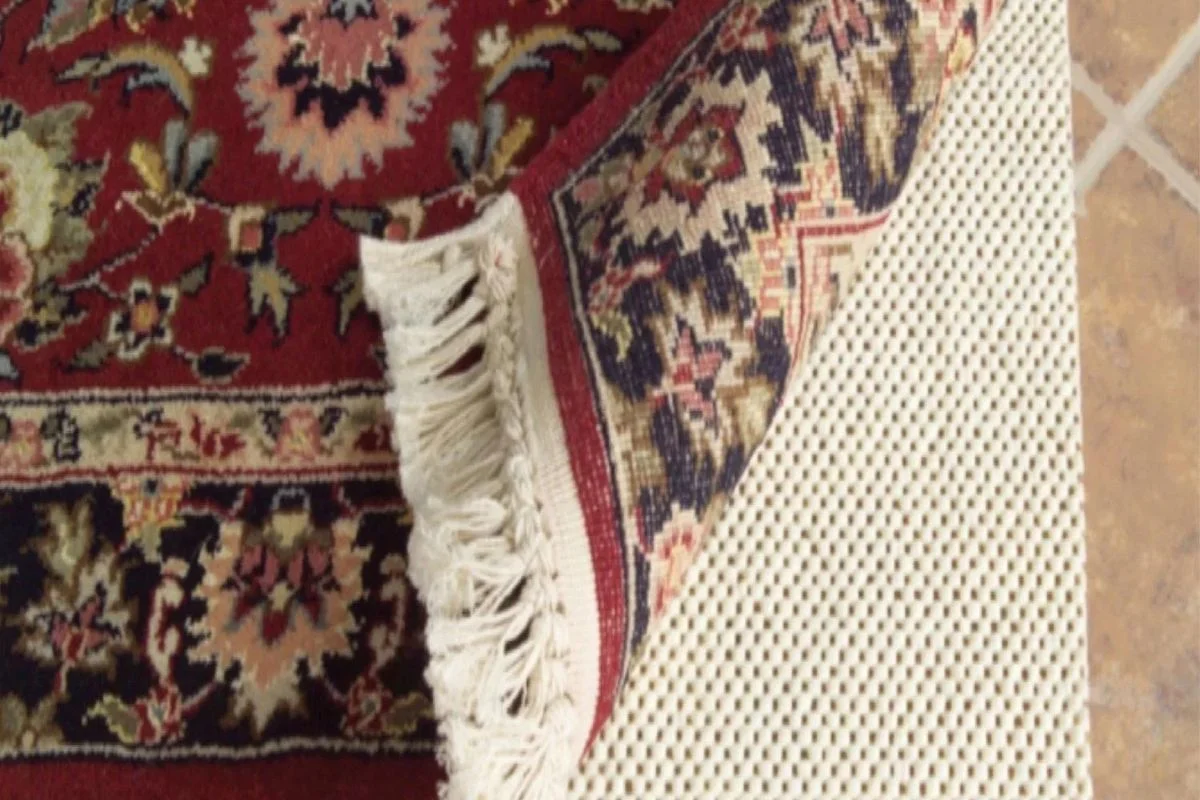

Why is underlay important for carpets
Carpet Underlay, often regarded as the unsung hero beneath our feet, plays a crucial role in enhancing the performance, comfort, and longevity of carpets. Here are several reasons why underlay is important for carpets:
Comfort Underfoot:
Underlay provides an additional layer of cushioning beneath carpets, creating a softer and more comfortable surface to walk on. This extra padding adds a luxurious feel, making the entire flooring experience more enjoyable.
Noise Reduction:
Underlay acts as a sound absorber, reducing impact noise caused by footsteps and other movements. This is especially beneficial in multi-story buildings or homes with high foot traffic, contributing to a quieter and more peaceful environment.
Insulation Properties:
Underlay enhances the insulation properties of carpets, helping to regulate room temperature. It provides an additional barrier against heat loss, making the space more energy-efficient and comfortable, particularly in colder climates.
Prolongs Carpet Lifespan:
By absorbing the impact of foot traffic and reducing friction between the carpet and the subfloor, underlay helps prevent premature wear and tear. This, in turn, extends the lifespan of the carpet, preserving its appearance and structural integrity.
Improved Resilience:
Underlay adds resilience to carpets, helping them bounce back to their original shape after being compressed by furniture or foot traffic. This resilience prevents permanent indentations and maintains the aesthetic appeal of the carpet.
Enhanced Acoustic Comfort:
In addition to reducing impact noise, underlay contributes to overall acoustic comfort by minimizing echoes and sound reverberation within a room. This is particularly valuable in large or open spaces where sound control is important.
Smoothing Subfloor Imperfections:
Underlay acts as a buffer between the carpet and the subfloor, smoothing out minor imperfections in the floor surface. This ensures a more even and aesthetically pleasing appearance for the carpet.
Compatibility with Underfloor Heating:
Some underlays are designed to be compatible with underfloor heating systems. This allows for efficient heat transfer through the carpet, creating a warm and cozy atmosphere in the room.
Easier Installation:
Underlay simplifies the installation process of carpets. It provides a stable and even surface for the carpet to sit on, making it easier for installers to achieve a professional and seamless finish.
Cost-Effective Protection:
While underlay is an additional investment, it serves as a cost-effective way to protect the more significant investment in carpets. By preventing damage and reducing the need for early replacement, underlay proves to be a valuable long-term solution.
Can underlay be used with various types of carpets
Yes, underlay can be used with various types of carpets, and its compatibility extends across a wide range of carpet materials and styles. The versatility of underlay makes it a suitable choice for enhancing the performance and comfort of different carpet types. Here’s how underlay can complement various carpets:
Natural Fiber Carpets:
Underlay works well with natural fiber carpets, such as wool or sisal. It provides an additional layer of cushioning and support, enhancing the comfort underfoot and extending the lifespan of these carpets.
Synthetic Carpets:
Whether it’s nylon, polyester, or other synthetic materials, underlay is compatible with synthetic carpets. It offers the same benefits, including added comfort, noise reduction, and protection against wear and tear.
Berber Carpets:
Berber carpets, known for their looped construction, can benefit from underlay. Underlay provides support for the loops, improving the carpet’s resilience and preventing premature flattening.
Cut Pile Carpets:
Underlay is suitable for cut pile carpets, offering extra cushioning and support for the individual tufts. It helps maintain the carpet’s plush appearance and prevents matting in high-traffic areas.
Frieze Carpets:
Frieze carpets, characterized by tightly twisted fibers, can benefit from underlay’s ability to absorb impact and reduce friction. This enhances the carpet’s durability and helps maintain its distinctive texture.
Patterned Carpets:
Underlay is compatible with patterned carpets, providing a stable foundation that helps preserve the design’s integrity. It also contributes to a more even appearance, especially in intricate patterns.
Loop Pile Carpets:
Loop pile carpets, including both Berber and level loop styles, can be paired with underlay for added comfort and support. Underlay helps distribute weight more evenly, reducing the risk of loop distortion.
Low Pile Carpets:
Underlay is suitable for low pile or flatweave carpets, enhancing their comfort and providing insulation. It also aids in reducing sound transmission, making it an ideal choice for apartments or shared spaces.
High-Traffic Carpets:
Carpets installed in high-traffic areas benefit significantly from underlay. Underlay helps absorb the impact of footsteps, reducing wear on the carpet and extending its lifespan.
Carpet Tiles:
Underlay can be used with carpet tiles, providing a stable and cushioned base for each tile. It simplifies the installation process and contributes to a more comfortable and durable flooring solution.
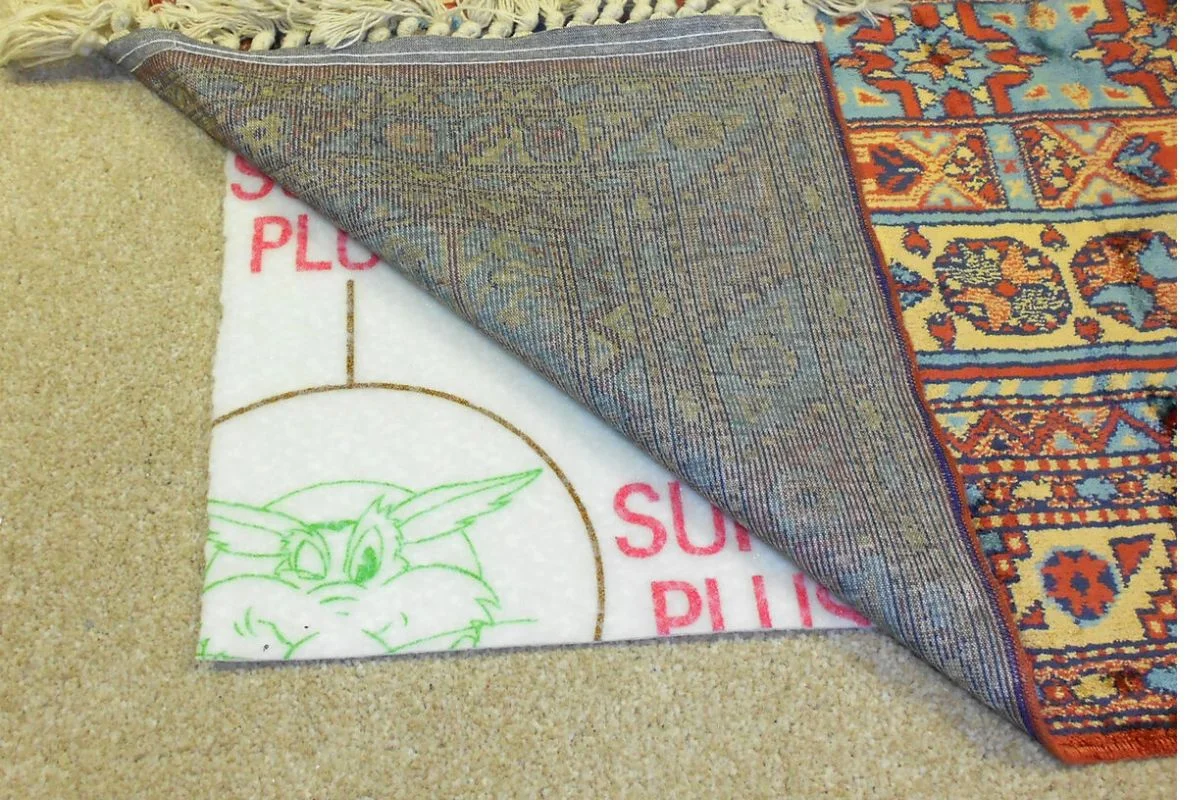

How do you clean underlay, and is it different from cleaning carpets
Cleaning underlay is a different process from cleaning carpets, as underlay is not typically designed to be directly exposed to dirt, spills, or stains. However, in certain situations where underlay has become soiled or needs freshening up, the following steps can be taken:
Materials Needed:
- Mild detergent or carpet cleaner
- Clean cloth or sponge
- Water
- Soft brush or sponge mop
- Towels or absorbent cloths
Steps to Clean Underlay:
Spot Test:
Before cleaning the entire underlay, perform a spot test in an inconspicuous area to ensure that the cleaning solution does not cause any damage or discoloration.
Vacuum:
Begin by vacuuming the underlay to remove loose dirt, dust, and debris. Use a vacuum cleaner with an upholstery attachment for effective cleaning.
Prepare Cleaning Solution:
Mix a small amount of mild detergent or carpet cleaner with water in a bucket. Ensure that the solution is well-diluted to prevent oversaturation.
Dampen Cloth or Sponge:
Dip a clean cloth or sponge into the cleaning solution. Wring out excess liquid to avoid over-wetting the underlay.
Blot Stains or Soiled Areas:
Gently blot any stained or soiled areas on the underlay with the dampened cloth or sponge. Avoid rubbing, as this can push the stain deeper into the underlay.
Repeat if Necessary:
For stubborn stains, repeat the blotting process with the cleaning solution until the stain starts to lift. Be patient and avoid aggressive scrubbing.
Rinse with Clean Water:
Rinse the cleaned areas by blotting with a cloth or sponge dampened with clean water. This helps remove any residual cleaning solution.
Dry Thoroughly:
Allow the underlay to air dry completely. Open windows or use fans to speed up the drying process. Ensure that the underlay is fully dry before placing any carpets or furniture back on top.
It’s essential to note that underlay is not designed for frequent cleaning, and excessive moisture can lead to mold or mildew growth. In most cases, maintaining the cleanliness of the carpet itself will help prevent the need for extensive cleaning of the underlay.
Difference from Cleaning Carpets:
Carpets are designed to withstand regular cleaning and can be vacuumed, spot-cleaned, or professionally cleaned depending on the material. Carpets have specific cleaning recommendations based on their fiber type.
Underlay, on the other hand, is not intended to be directly exposed to spills or stains. Its primary purpose is to provide support and cushioning for carpets. If the underlay becomes extensively soiled, it may be more practical to replace it rather than attempting to clean it.
Regular vacuuming and addressing spills promptly on the carpet will minimize the need for extensive cleaning of the underlay. Always follow the manufacturer’s care instructions for both the carpet and underlay to ensure their longevity and performance.
conclusion
In conclusion, the often-overlooked element beneath our feet, known as carpets underlay, plays a pivotal role in elevating the entire experience of a carpeted space. As we’ve explored the multifaceted benefits of underlay, it becomes evident that its significance goes beyond being merely a supportive layer. Instead, carpets underlay emerges as a silent contributor to the comfort, durability, and overall aesthetics of our living environments.






